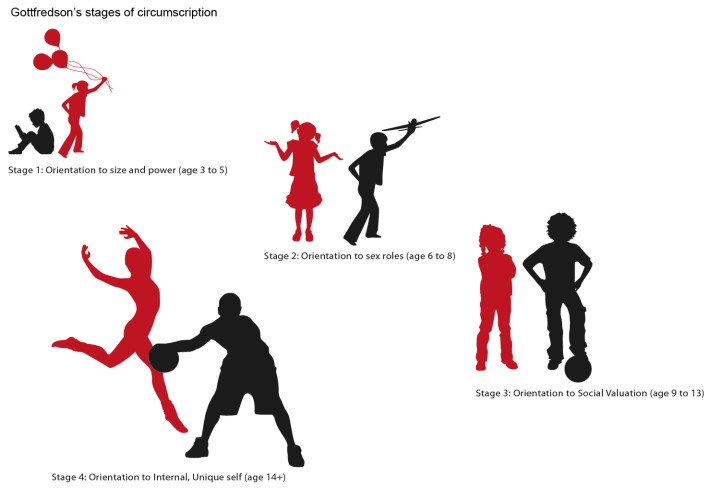Constructivist Theory in Career Counseling
You see the glass half full; someone else sees it half empty. Constructivist theory attempts to understand why two people see the same thing -- like this glass -- but describe it differently. Career counseling uses constructivist theory to explain why people see careers so differently. Use the theory to identify jobs you will be happy with, not just those you are good at.Constructivist Theory
Many people struggle to choose a meaningful career even when they are swimming in career information. This career development model is based on the idea that you interpret the world of work as you personally see it. You reference past experiences to interpret new information. Career counselors use this theory to get in your head – or at least see how you view careers -- and to help you use this information to find the job that is perfect for you.
Benefits
This theory is a different approach counselors can take; it is holistic and works across cultures. Your counselor can learn about your work-life story, your values and beliefs about different careers and why you have made the career choices you have. Instead of feeling like the right career will eventually come along, you learn that you are in charge of your career and that you can choose change. Greater self-awareness of your underlying assumptions help you see things more clearly.
Limitations
As with all good things, this theory has its limits. For it to work, you must accurately recall past experiences and information to engage in self-reflection. You must also be comfortable sharing and interacting with your career counselor. Your counselor must be good at analyzing what you are saying and recognizing constructs. Lacking objectivity, this theory relies on the counselor's ability to subjectively identify thought patterns, parameter sets, schema and belief and value systems that aren't obvious. The theory works best when used in combination with other career theories like Holland's Career Typology Theory and Super's Life-Span/Life-Space Theory.
Approaches
Techniques and approaches are designed to get you talking about your life without judging your experiences. The key is to learn about how you respond to life and open you up to dream about future careers. You might work with the counselor to create a life portrait to understand how you see your career. Other techniques include meaning-making, narratives, metaphors, critical reflection, story-telling, life-lines, card sorts and life-role mapping. Techniques often involve the counselor actively listening to a story or event and paying special attention to verbs, phrases or patterns.
(http://woman.thenest.com/constructivist-theory-career-counseling-19379.html)






